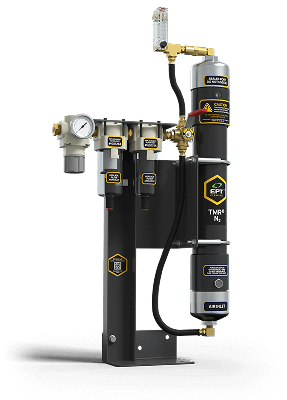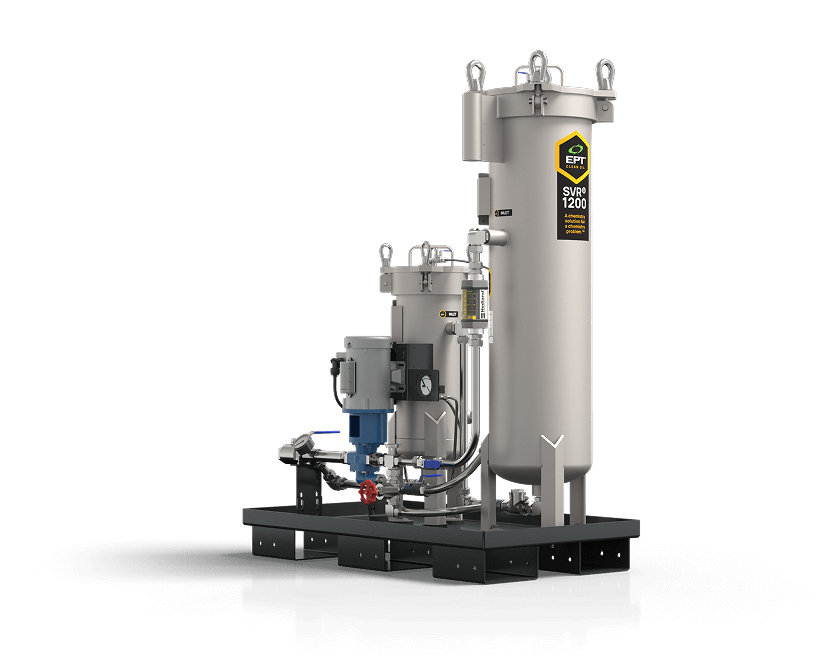Oil and Water Shouldn’t Mix: Restoration of Steam Turbine Oil Demulsibility Technical Paper
Demulsibility 101

Steam turbines are responsible for up to 80% of global electricity production. Because steam powers these units, water ingression into steam turbine oils is a common concern. As the saying goes: “Oil and water don’t mix.” When they do, failures and costly downtime may result. Therefore, a lubricant’s ability to separate from water, known as demulsibility, is paramount to the generating unit’s reliability. The factors which impact demulsibility are many; fortunately, the solution to this problem remains the same regardless of its root cause.
What is demulsibility?
In the simplest terms, demulsibility is defined as a lubricant’s ability to release and separate from water.
What is demulsibility in turbine oil?
While turbine oils are engineered to readily separate from water, their ability to do so – or demulsibility – often becomes impaired during service.
How do you test for demulsibility in turbine oil?
ASTM D1401 has been adopted as an industry-standard test for turbine oil demulsibility. This test method measures an oil’s emulsion forming tendency and the amount of time that oil requires to separate from water.
How can you restore demulsibility in turbine oil?
Once we understand what is demulsibility, the next step is to implement a strategy, such as adding an aftermarket additive or alternative lubricant to your fluids. However, this approach carries risks, as it alters the oil’s chemistry, making the results harder to predict. The second strategy involves removing the breakdown products and the polar contaminants that were responsible for stabilizing emulsions in the first place using ion-exchange filters.
What is the best way to restore an oil’s demulsibility?
Ion-exchange resins can be tailored to selectively remove undesirable polar contaminants in turbine oils. By removing contamination, ion exchange resins simplify oil chemistry, restoring it to a “like-new oil” state that separates readily from water.
Why is free water harmful in steam turbine applications?
Free water may find its way to the shaft/bearing where it does not possess the load-carrying or lubricating abilities required to keep them apart resulting in a breakdown.
What are emulsions in oil?
During service, oils are often agitated as they move through a lubricating system. If free water is present, this agitation promotes the formation of water bubble suspension within the oil (emulsions).
Why do persistent or stable emulsions have the potential to be harmful in lubricant applications?
Since their physical properties are not sufficient to effectively lubricate equipment components, persistent emulsions cannot provide the required lubrication at the bearing. Making matters worse, the water present in an emulsion promotes equipment corrosion and wear.
What is the effect of polar contaminants on turbine oil?
Oil breakdown products and polar contaminants have a detrimental impact on turbine oil demulsibility since they stabilize interactions with contaminant water. These contaminants also promote breakdown and varnishing, making critical equipment less reliable.






